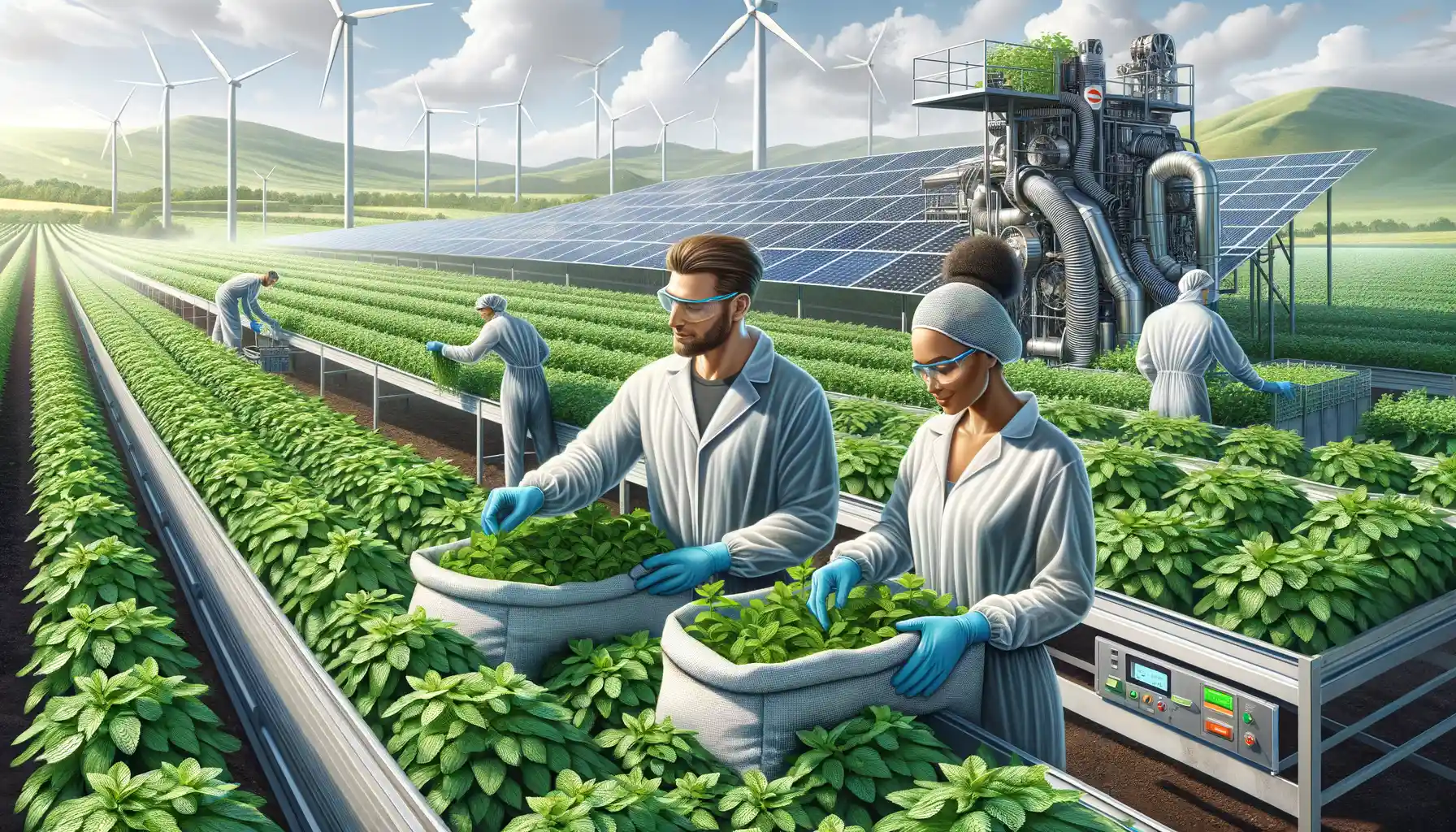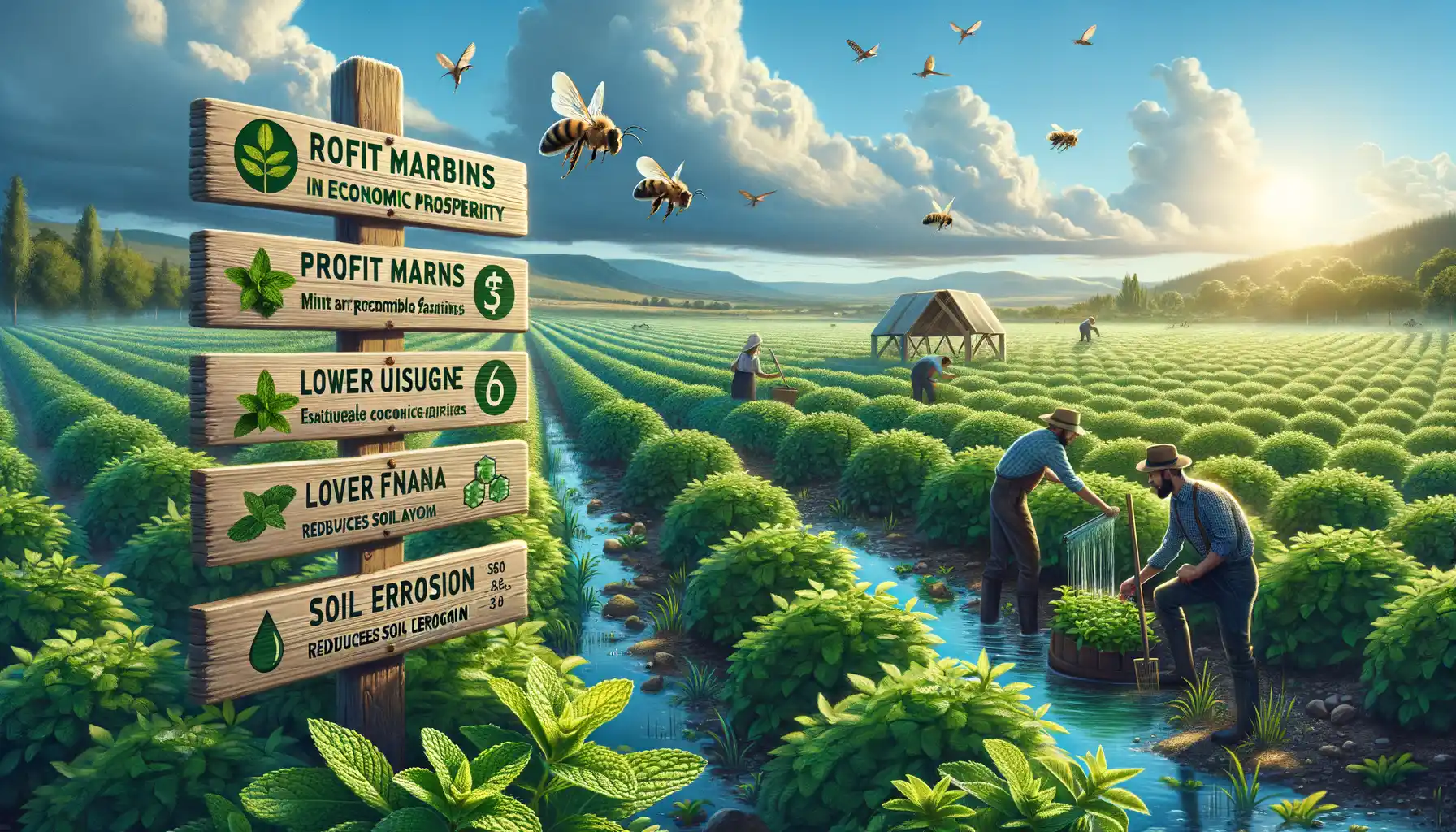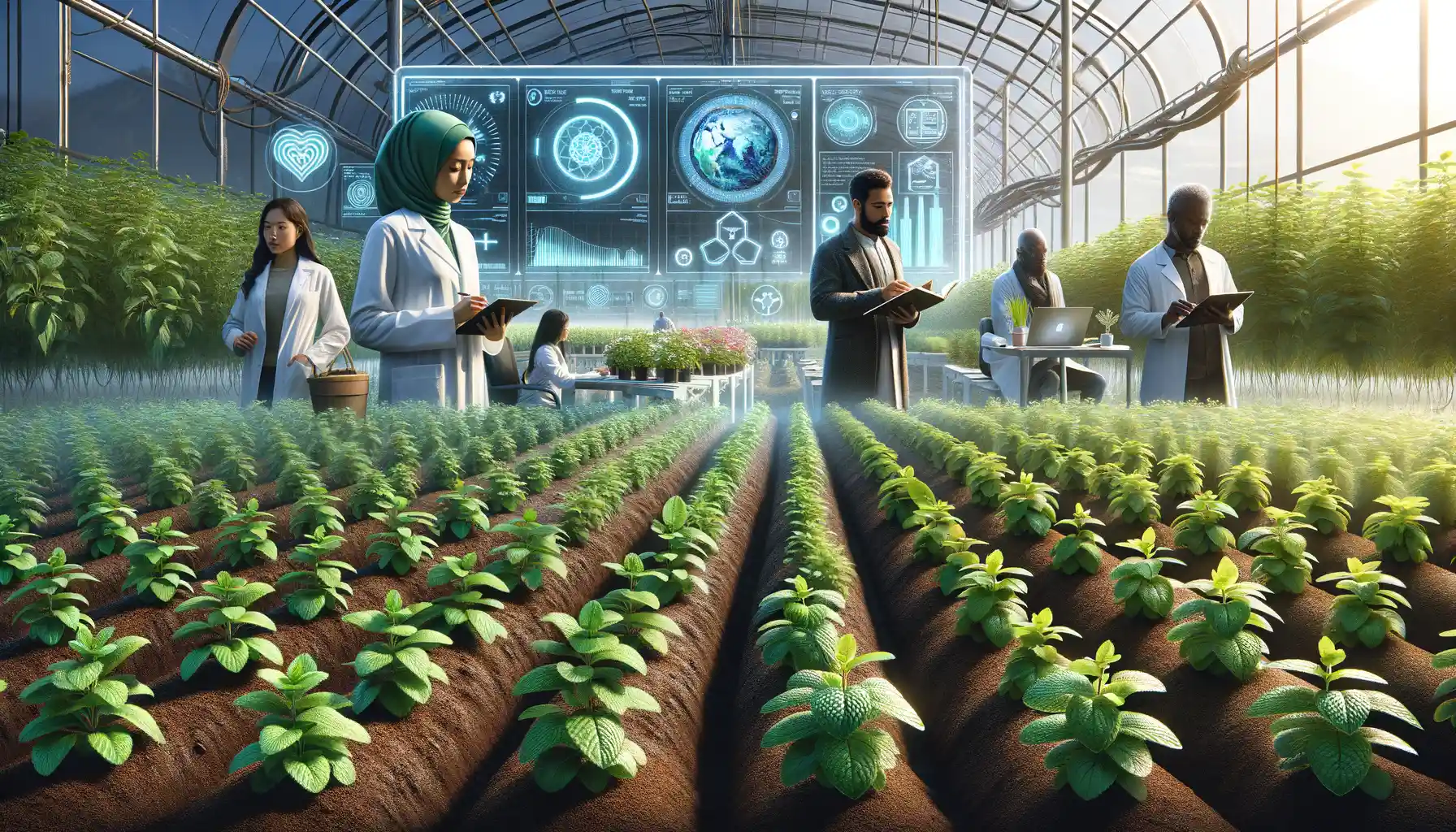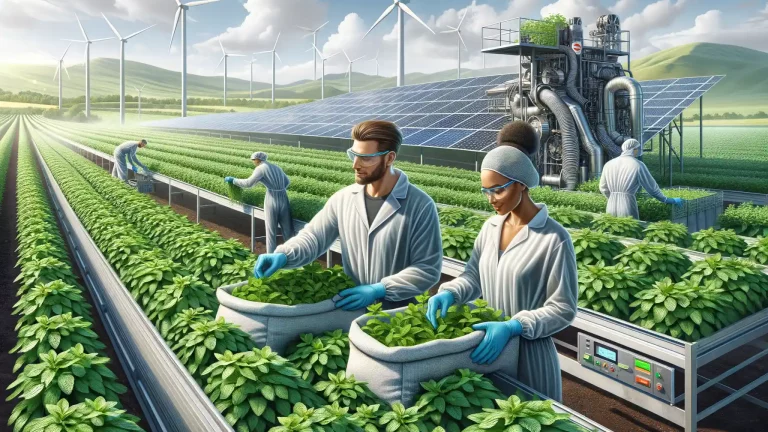Introduction to Mints and Environmental Conservation
How Mints Connect Us to Nature
If you’ve ever crushed a fresh sprig of mint between your fingers, you’ve likely felt an instant connection to something bigger—a burst of aroma that’s at once invigorating and grounding. But did you know that this humble herb is more than just a culinary delight? The journey of mints begins in the soil and ends with benefits that ripple out into our environment.
At its core, mint is a plant with extraordinary resilience. Its lush green leaves aren’t just pretty—they’re little workhorses of nature. Mint thrives in diverse conditions, helping to stabilize soils and prevent erosion. Its deep roots reach into the earth, improving soil structure and contributing to healthier ecosystems.
- Mint fields attract pollinators like bees and butterflies, supporting the valuable web of life.
- Its natural oils repel pests, reducing the need for harmful pesticides.
Imagine this: a single acre of mint can support entire colonies of pollinators while promoting cleaner farming practices. Isn’t it incredible how one unassuming plant can quietly yet powerfully impact the world around us?
Sustainable Practices in Mint Production

The Green Thumb Behind Mint: Eco-Friendly Farming Techniques
When it comes to mint production, sustainability plays the starring role in this refreshing tale. Imagine fields of vibrant green leaves swaying in the sun, each one cultivated with care and respect for our planet. That’s the goal. But how do farmers achieve this balance between abundance and responsibility?
For starters, farmers are swapping chemical fertilizers for *nature’s own recipe*. Think compost, organic manure, and biofertilizers packed with nutrients that mint plants adore. The result? A win-win where the soil thrives as much as the crops do.
Water conservation is another hero of this story. Mint farming demands a lot of hydration, but sustainable growers are turning to drip irrigation systems. These setups deliver water directly to the roots, drop by precious drop. The days of wasteful dousing are rapidly fading, making every sip count.
Earth-Friendly Decisions, One Plant at a Time
Sustainability isn’t just about what’s added—it’s also about what’s left out. Farmers committed to green practices rely on these pivotal choices:
- Natural pest control: Ladybugs and parasitic wasps make powerful allies against crop-damaging insects.
- Crop rotation: Rotating mint with other plants keeps pests and diseases guessing while enriching soil health over time.
These practices don’t just feel right; they taste better too. That mint sprig in your tea? It tells a story—one of care, creativity, and a fierce dedication to keeping our planet in balance.
Economic and Environmental Benefits of Mint Cultivation

The Dual Power of Mint: A Boost for Wallets and the Planet
Imagine a plant that not only thrives in your garden but also helps bolster your bank account and heal the Earth—welcome to the world of mint cultivation. This powerhouse herb is a champion of economic and environmental balance, packing serious benefits for farmers and ecosystems alike.
On the economic front, mint is a cash crop with impressive returns. Its versatility means it’s in high demand for essential oils, teas, skincare products, and culinary uses—basically, anything that smells or tastes fresh! For small-scale and large-scale farmers, a mint field isn’t just a patch of green; it’s a living savings account. With multiple harvests possible each year, mint offers a steady income stream that few crops can rival.
Eco-Friendly Farming with Mint
Meanwhile, the environmental perks are equally dazzling. Mint acts like a natural guardian for soil health and biodiversity. How?
- Soil savior: Its dense growth combats erosion, holding topsoil firmly in place during rains.
- Pollinator magnet: Mint flowers attract bees and butterflies, boosting local wildlife and supporting crucial pollination cycles.
And here’s an unexpected twist: mint has allelopathic properties, meaning it repels certain pests without relying on harmful pesticides. It’s nature’s very own defense system—low-maintenance, cost-effective, and kind to the Earth. With mint, you’re not just farming; you’re investing in resilience and sustainability.
Challenges and Solutions in Promoting Sustainability

Tackling the Thorny Path to Sustainable Mint Cultivation
Promoting sustainability in mint production isn’t all sunshine and fresh-smelling fields—far from it. Imagine trying to nurture a delicate plant while balancing environmental considerations on one hand and economic realities on the other. It’s a tightrope walk.
One major obstacle is the intensive water demand for growing mints. While these fragrant plants bring joy to many, their thirst can be a nightmare in regions already grappling with water scarcity. Then there’s the reliance on chemical pesticides, which may boost yields but at the cost of soil health, biodiversity, and even our own well-being.
But fear not—solutions are sprouting, and they’re as refreshing as the plants themselves:
- Drip irrigation systems have emerged as water warriors, reducing waste and delivering hydration right where it’s needed.
- Companion planting, like pairing mint with marigolds, keeps pests away naturally while enriching the surrounding soil.
Engaging Farmers and Communities: The Human Element
Change doesn’t come easily, especially in tight-knit farming communities rooted in tradition. To spark a shift, initiatives must strike a chord with farmers—not just on an intellectual level but emotionally too. Incentives like subsidies for adopting sustainable practices or training workshops designed to demystify eco-friendly techniques can bridge this gap.
A farmer in Punjab shared, “I thought sustainability meant lower profits until I saw how organic mint oils fetched premium prices.” Stories like his light a fire in others and prove that going green isn’t just philanthropic—it’s profitable.
Future Perspectives on Mints and Conservation Efforts

Innovative Visions for Mint Cultivation
Imagine a future where every sprig of mint not only soothes our senses but also fights for the planet. The potential of mint stretches far beyond its fragrant leaves—it’s a green ally in the quest for sustainability. By harnessing cutting-edge agricultural technology, farmers could revolutionize how mint is grown, using precision tools like drones and AI to monitor soil conditions and water usage. Picture fields of mint flourishing under solar-powered irrigation systems, reducing energy footprints while maximizing yield.
What’s more, community-driven initiatives may transform the way we think about mint production. Small-scale farmers might adopt regenerative practices, returning nutrients to the soil with each harvest. Intercropping mint with crops like lavender or chamomile could create biodiversity havens, attracting pollinators while discouraging pests naturally.
- Imagine urban rooftops brimming with hydroponic mint farms.
- Envision biodegradable mint-based wraps replacing plastic worldwide.
Global Collaboration for Preservation
The future of mint depends not just on individual efforts but on global teamwork. Organizations advocating for environmentally conscious cultivation could collaborate with producers to create certification programs that reward sustainable practices. And wouldn’t it be exhilarating to see mint farming communities connecting across continents—sharing knowledge, seeds, and stories?
Think of it this way: every leaf of mint could become a symbol of hope. It’s not just about conservation; it’s about laying the foundation for a greener tomorrow. Together, farmers, innovators, and consumers can breathe life into this aromatic vision.

